George Leblanc
National Research Council (NRC)
Senior Research Officer
Every year we bring in industry professionals to deliver inspiring presentations at our conference. The speakers for QSC 2025 have been carefully selected, and can seen below. Click on the ![]() to see a short description of who the speaker is and what they do! This year's presentation topics include: Satellite Validation, Microgravity, Low Earth Orbit (LEO) Infrastructure, Global Meteor Network, Space Situational Awareness, and Escerichia Coli Biofilm Formation and Microgravity. You can also see all the past 70+ speakers QSC has had over the past 12 years of running in our History of QSC Speakers section below.
to see a short description of who the speaker is and what they do! This year's presentation topics include: Satellite Validation, Microgravity, Low Earth Orbit (LEO) Infrastructure, Global Meteor Network, Space Situational Awareness, and Escerichia Coli Biofilm Formation and Microgravity. You can also see all the past 70+ speakers QSC has had over the past 12 years of running in our History of QSC Speakers section below.
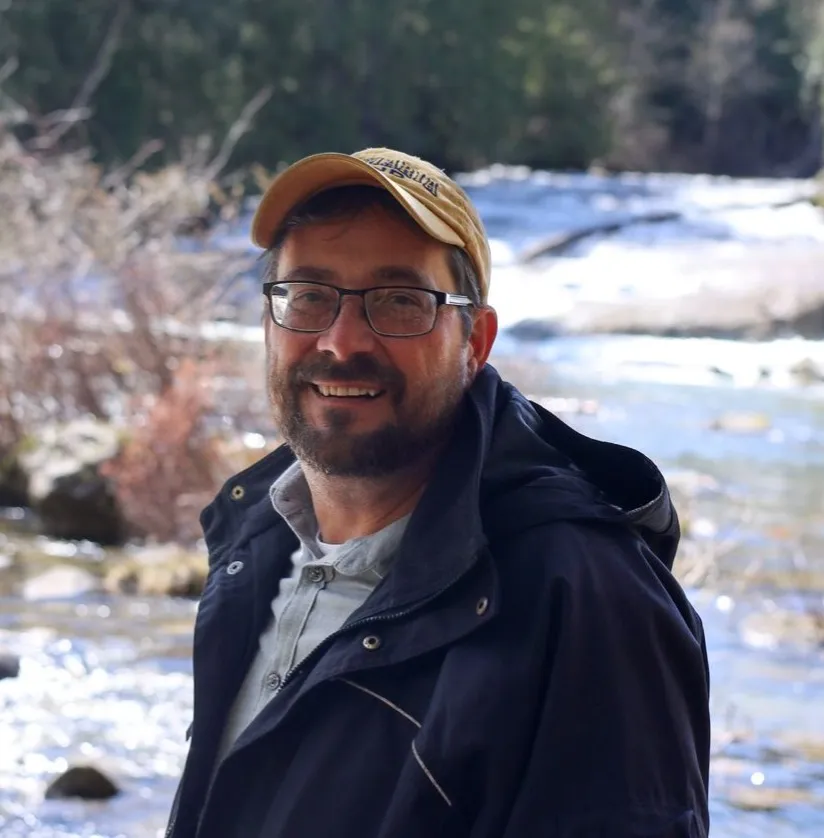
George Leblanc
National Research Council (NRC)
Senior Research Officer
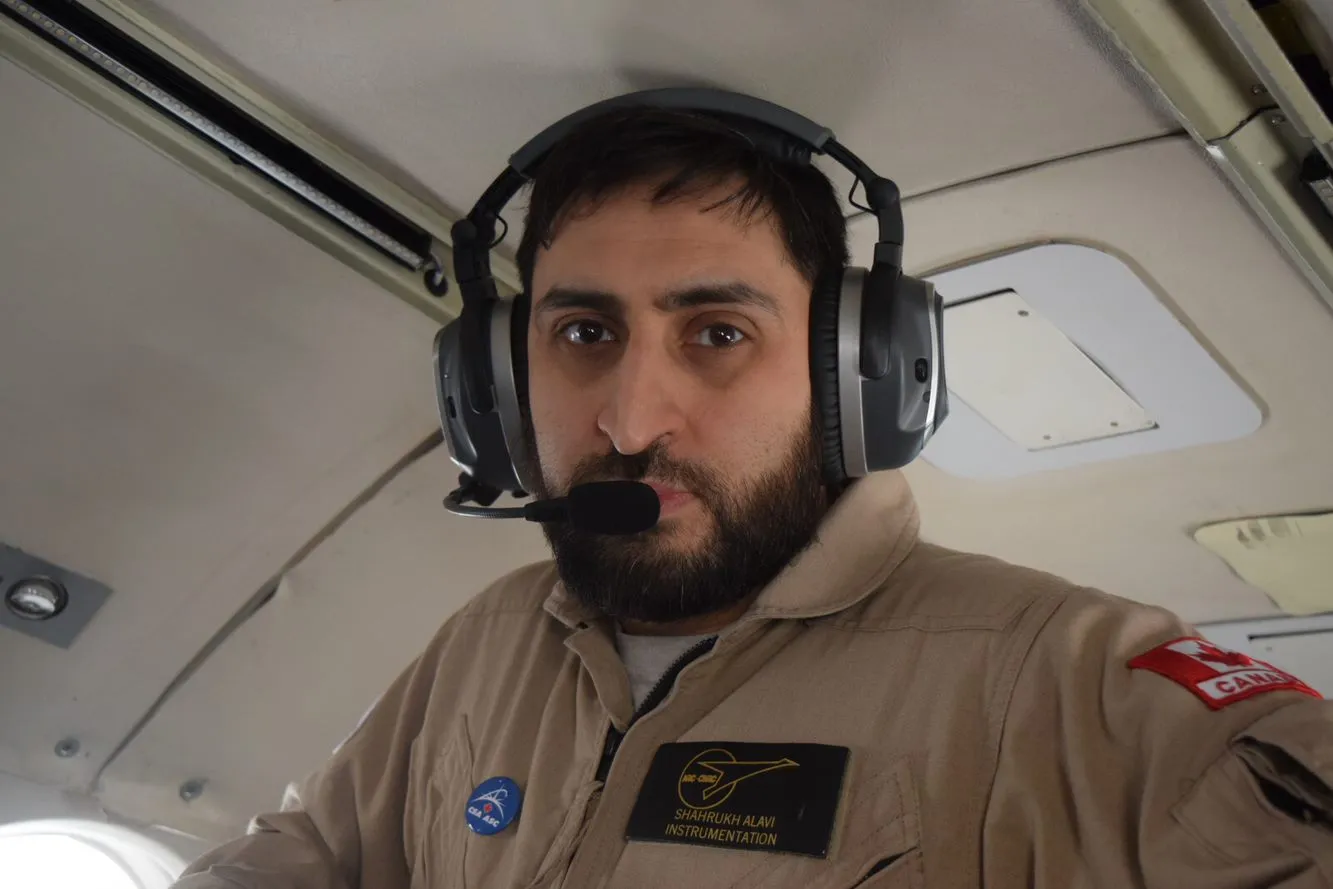
Shahrukh Alavi
National Research Council (NRC)
Flight Test Instrumentation Engineer
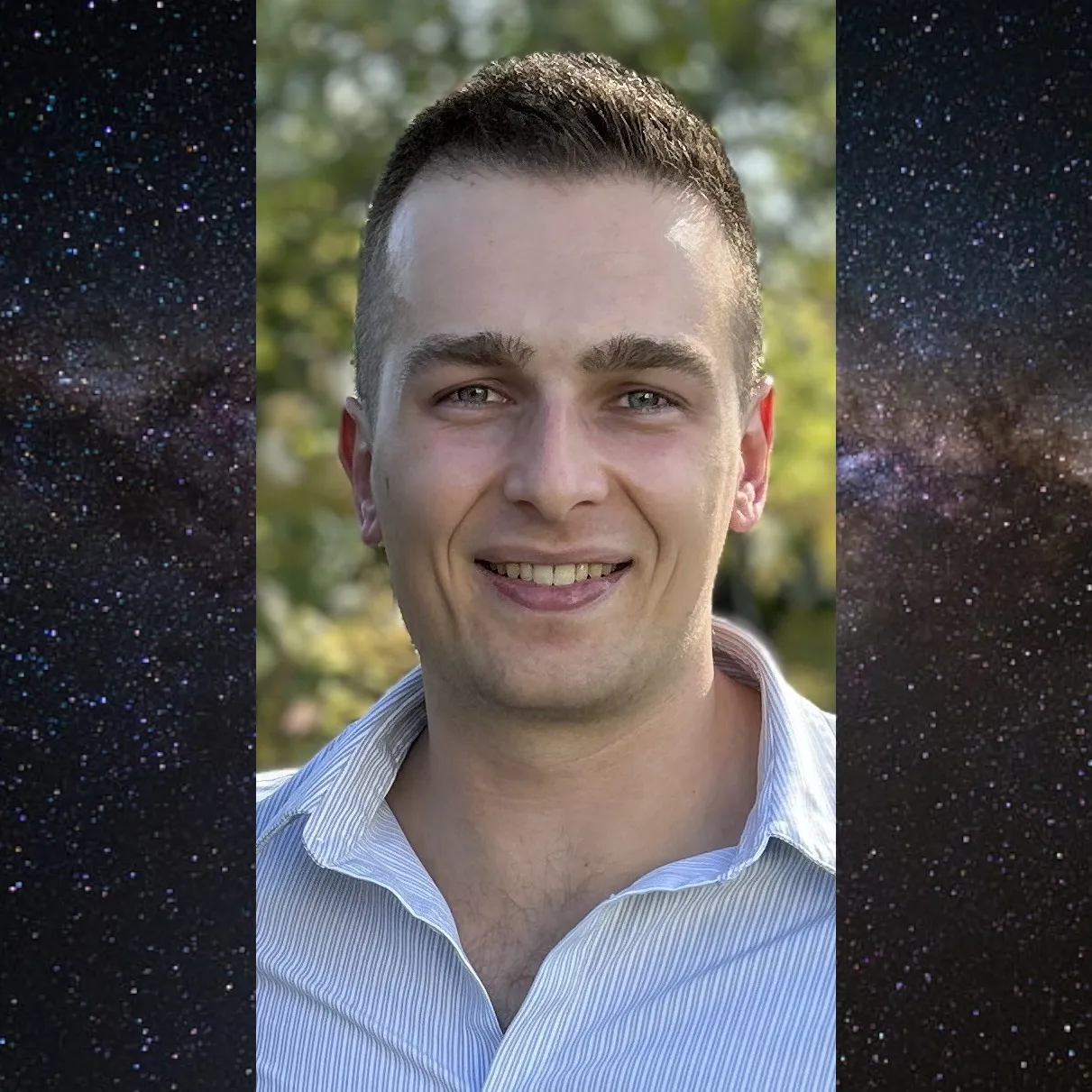
Graeme Daly
Stratotegic
Co-Founder and CTO
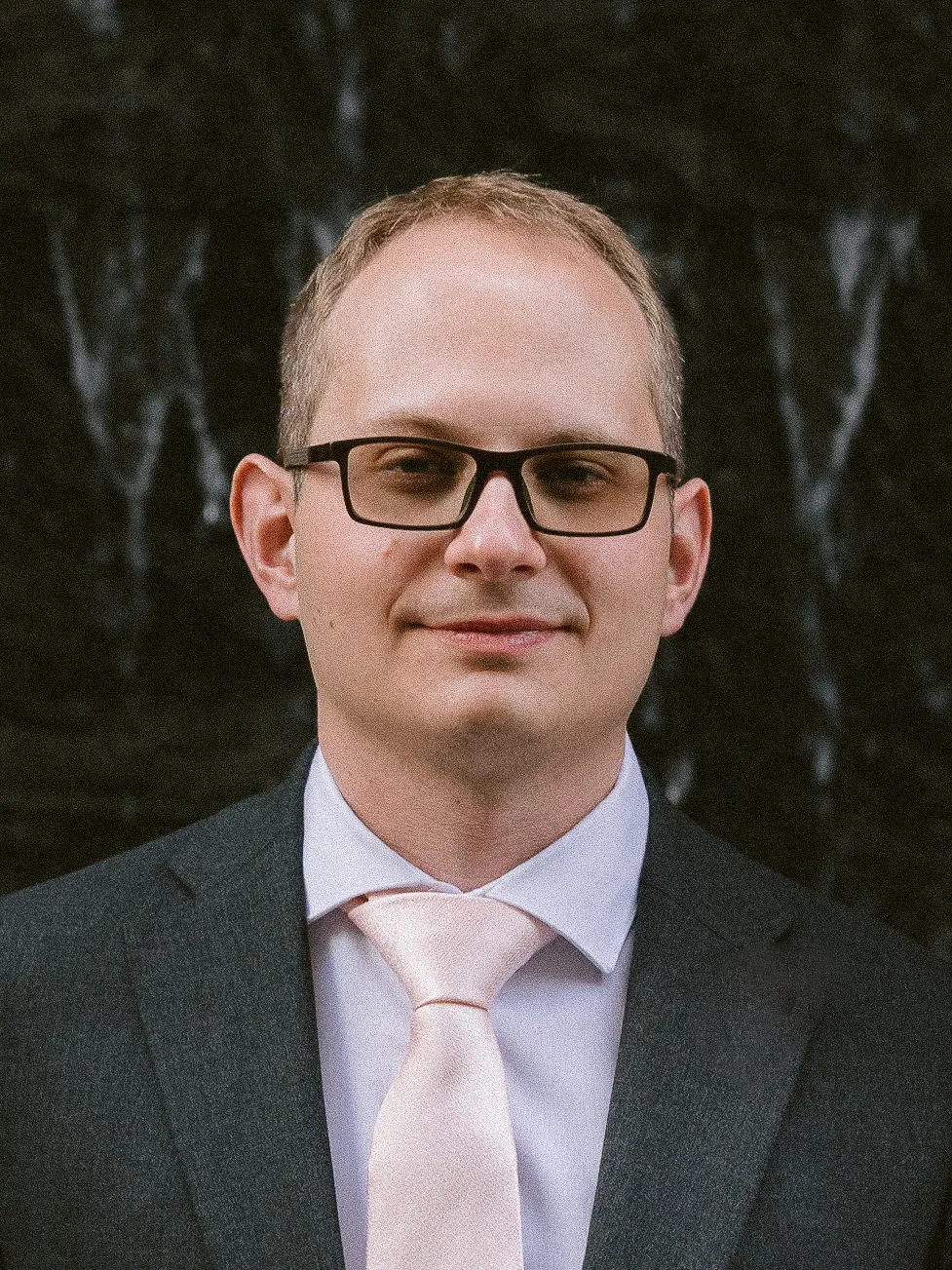
Denis Vida
University of Western Ontario, Global Meteor Network
Adjunct Research Professor, Founder
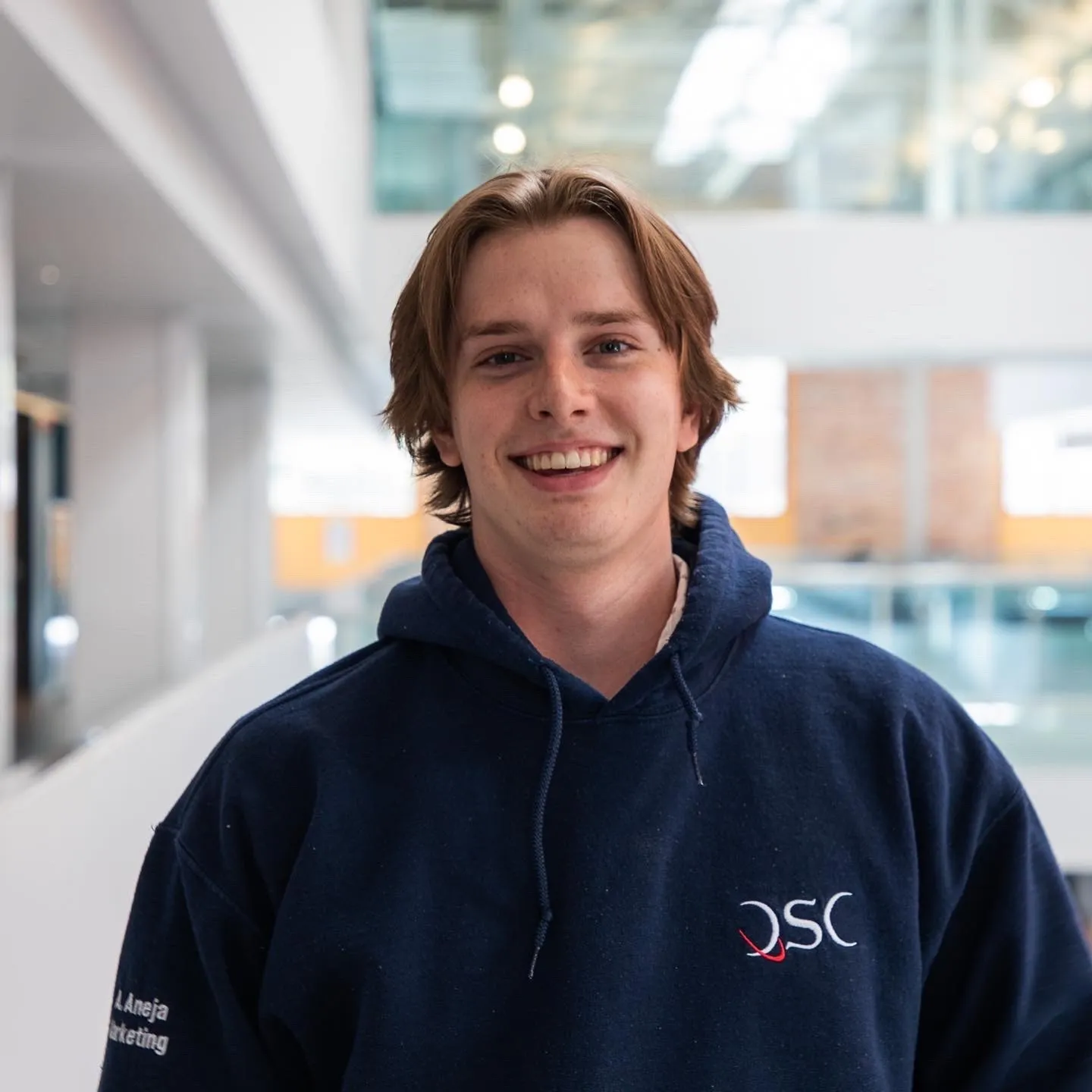
Grant Hurley
Queen's University
Physics and Education Undergraduate
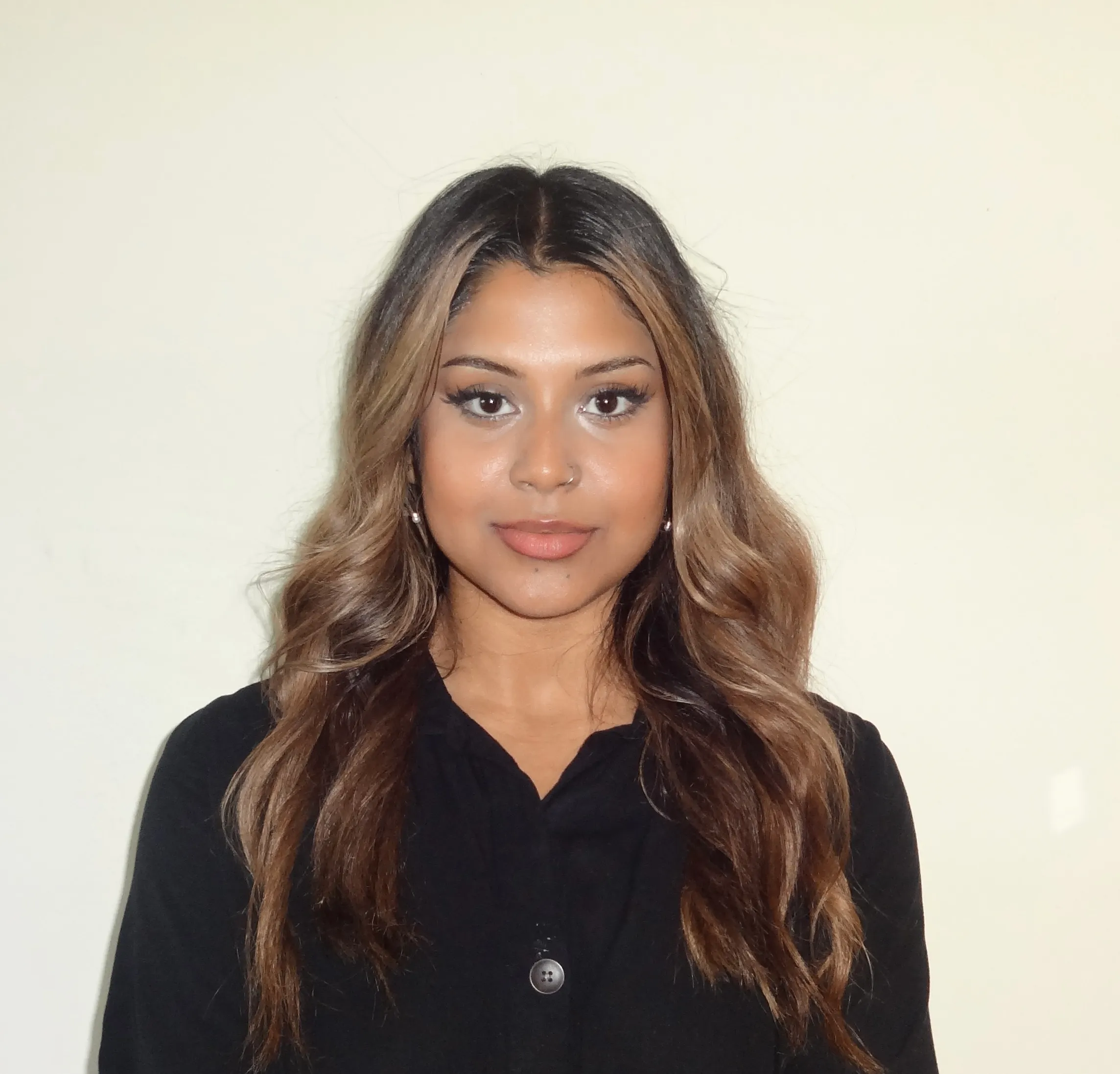
Maisha Maliha
Queen's University
Health Sciences Undergraduate
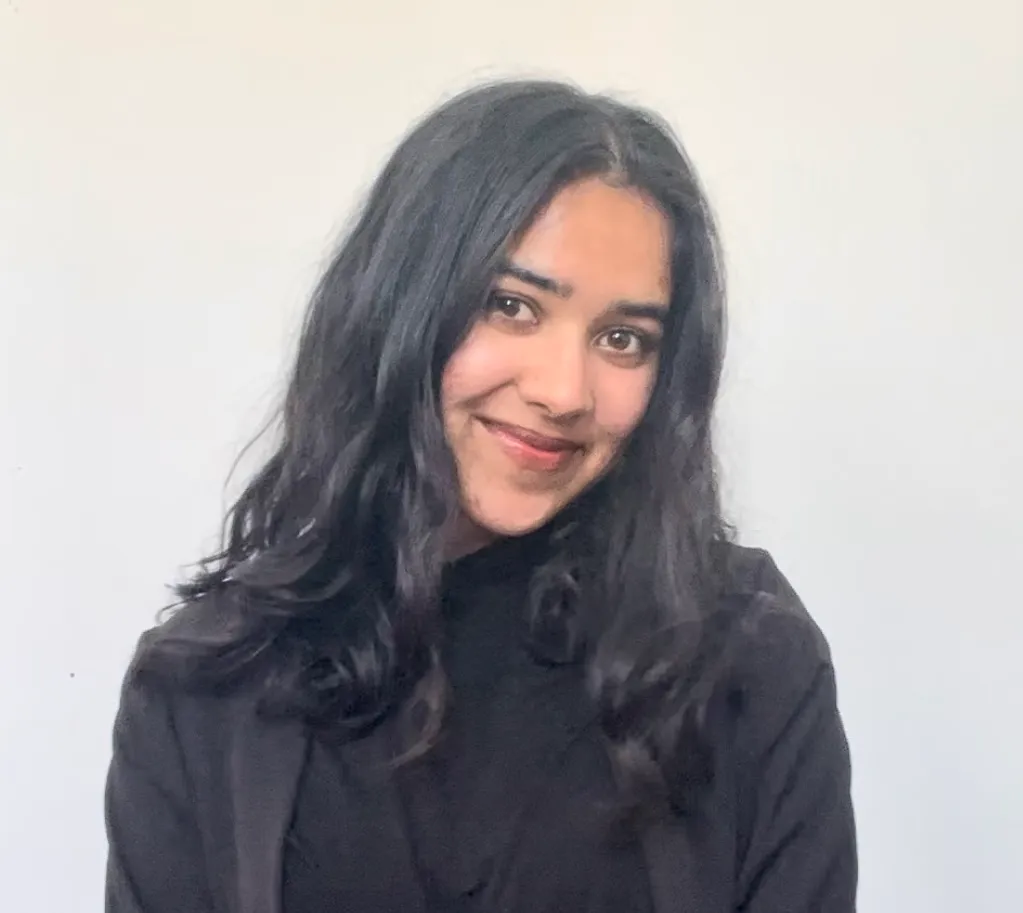
Gurleen K. Multani
Queen's University
Health Sciences Undergraduate
Over the past 12 years, QSC has had 80+ speakers present at our conferences. For over a decade we have been connecting students with professionals in the space sector from a variety of backgrounds. We have had astrophysicists, cosmologists, astronauts, engineers, CEOs, COOs, directors, AI specialists, professors, and many more speakers present at QSC. We've had speakers from NASA, CSA, MDA Space, and Canadian universities, and speakers that have worked on big projects like the James Webb Space Telescope (JWST) and the wide-angle Euclid telescope. Explore all of our speakers below and click on the ![]() to learn more! Click on the buttons below to jump to see speakers from a specific year.
to learn more! Click on the buttons below to jump to see speakers from a specific year.
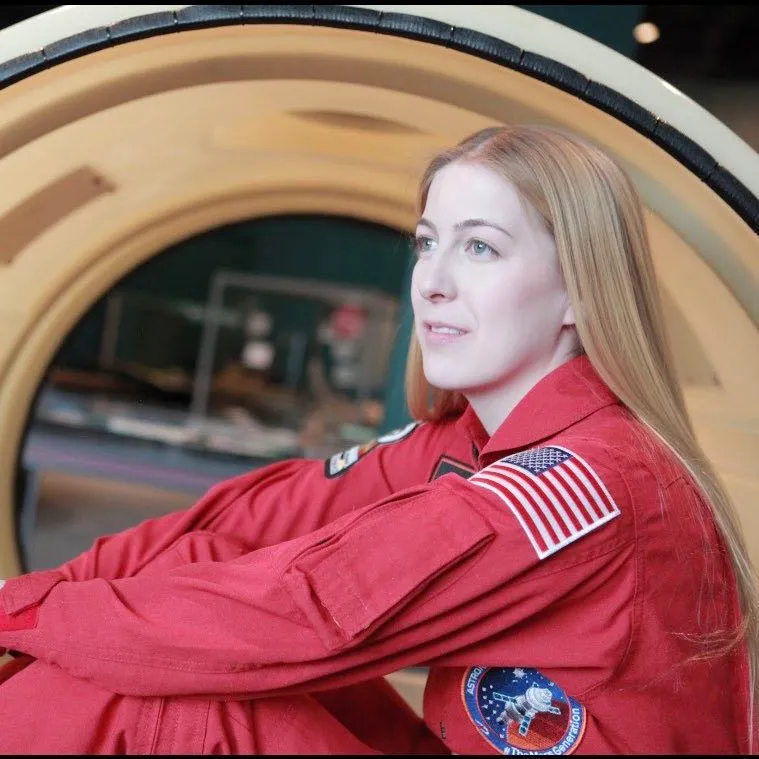
Abigail Harrison
Graduate Student at Queen's
Science Communicator, Future Astronaut, Non-Profit Founder
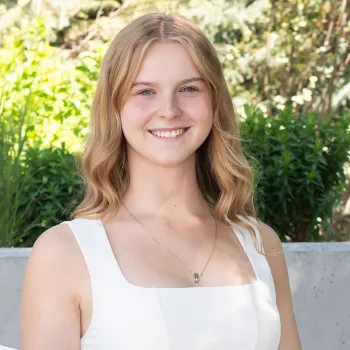
Abigail Lee
Queen's University, Queen's Rocket Engineering Team
Undergraduate Student, President
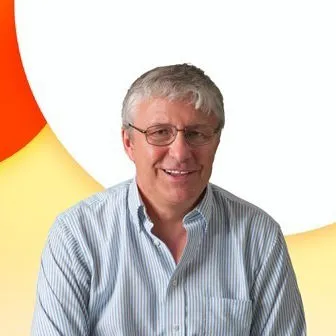
Dr. Karl Stapelfeldt
NASA Jet Propulsion Laboratory
Chief Scientist of the NASA Exoplanet Exploration Program
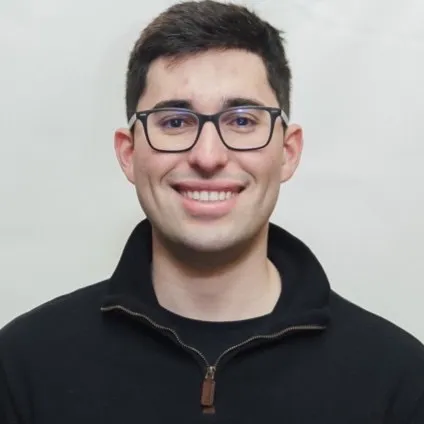
Alexander Barovier
Kepler Communications Inc.
Regulatory Specialist in Software Development
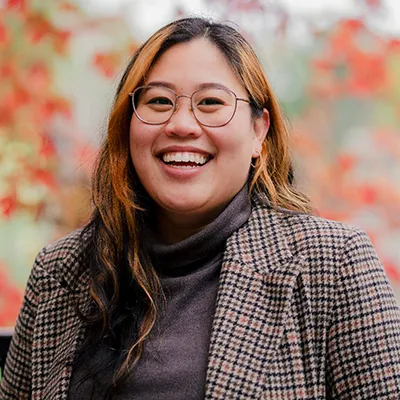
Dr. Lisa Dang
Université de Montréal
Astrophysicist, Banting Postdoctoral Fellow
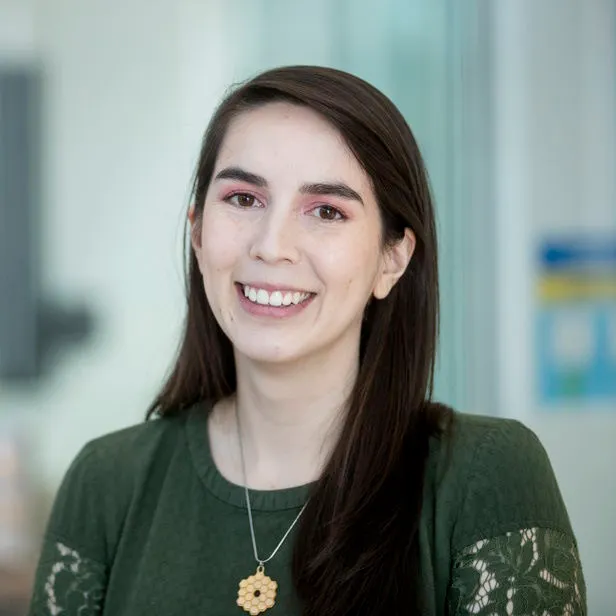
Dr. Nathalie Nguyen-Quoc
Trottier Institute for Research on Exoplanets at UdeM
Astrophysicist and Science communicator

Andrzej Antoszkiewicz
International Dialogue Centre (KAICIID)
Chief Operating Officer
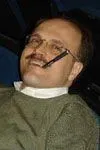
Dr. Chris Thompson
Canadian Institute for Theoretical Astrophysics
Astrophysicist/
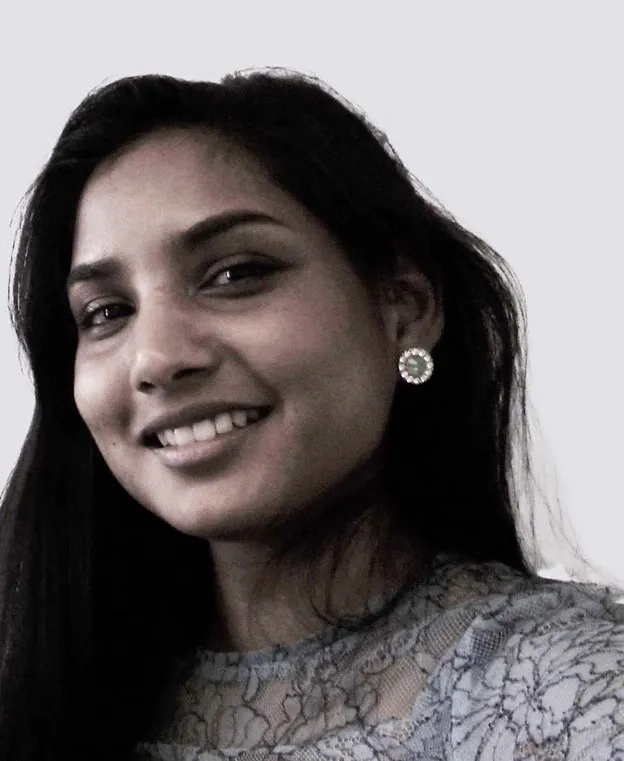
Dr. Samara Pillay
Mission Control
AI Specialist
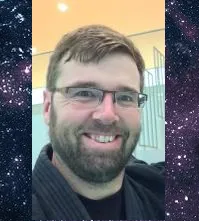
Dr. Gregg Wade
Royal Military College of Canada
Astrophysicist/
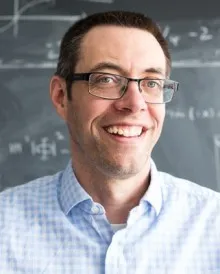
Dr. Will Percival
University of Waterloo
Director of the Waterloo Centre for Astrophysics/
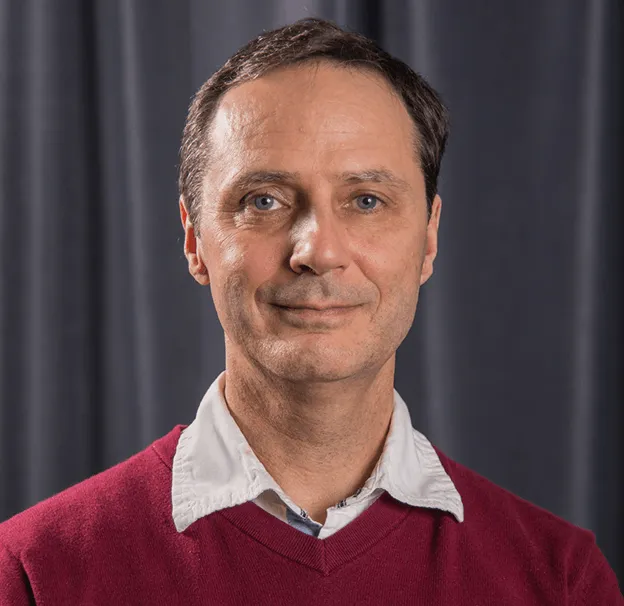
Dr. Jean Depuis
Canadian Space Agency
Senior Mission Scientist
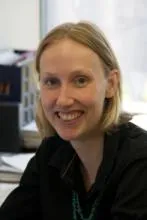
Dr. Kristine Spekkens
RMC/Queen's University
Astrophysicist/
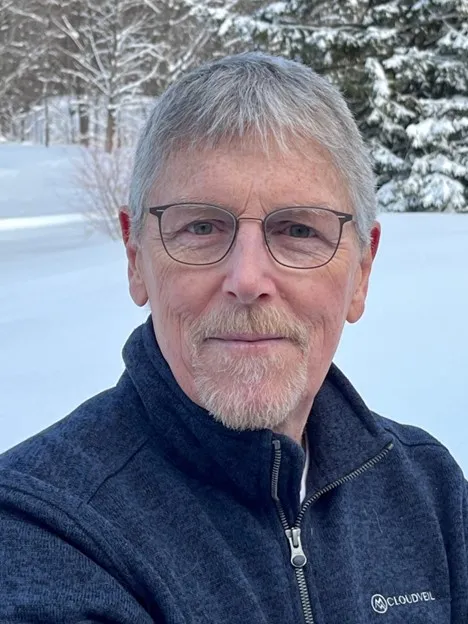
William Mackey
Canadian Space Agency
Space Exploration Strategic Planning Senior Advisor
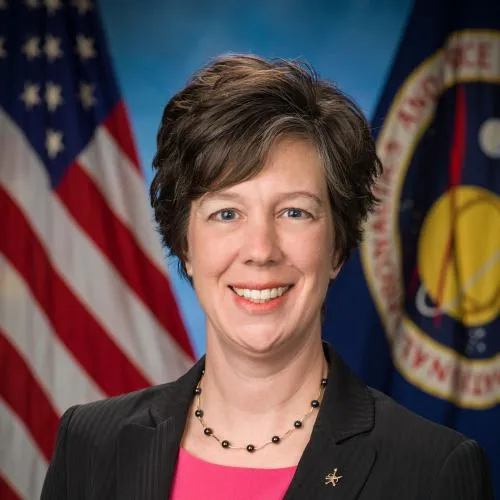
Holly Elizabeth Ridings
NASA
Flight Director Chief
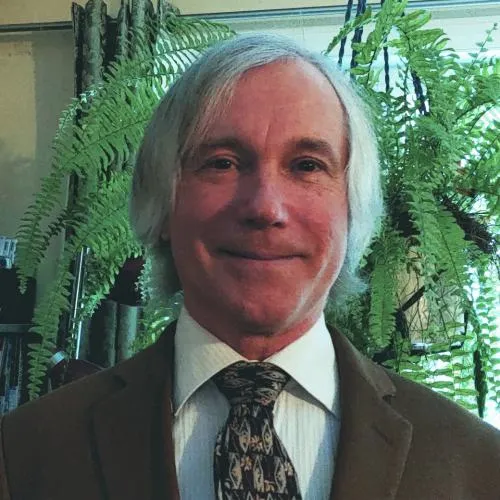
Dr. Perry Johnson-Gree
Canadian Space Agency
Senior Program Scientist
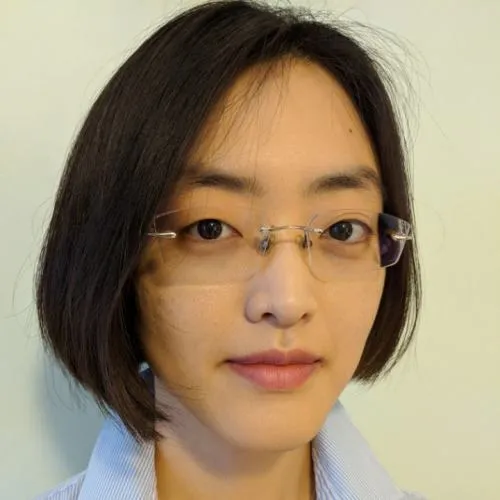
Dr. Eve J. Lee
McGill University
Assistant Professor
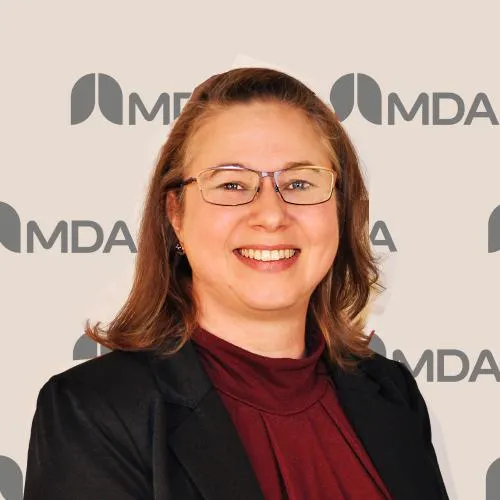
Melissa Cass
MDA
Director of Business Operations
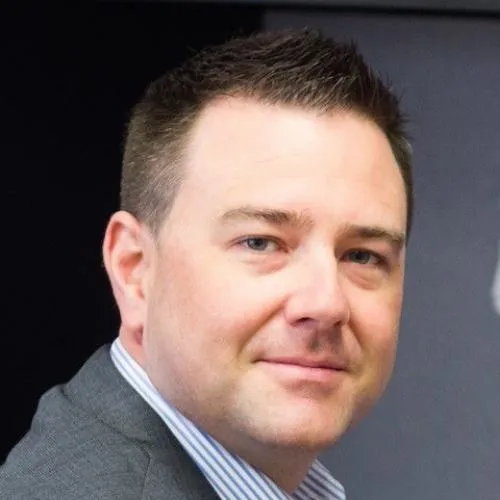
Dr. Jonathan Kelly
University of Toronto
Associate Professor

Dr. Mathew Madhavacheril
Perimeter Institute
P. J. E. Peebles Fellow
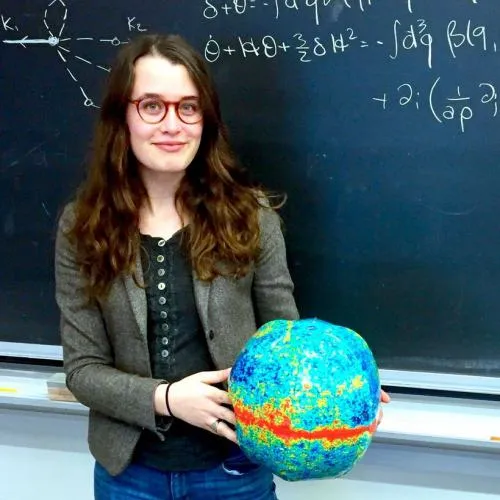
Dr. Katelin Schutz
McGill University
Assistant Professor
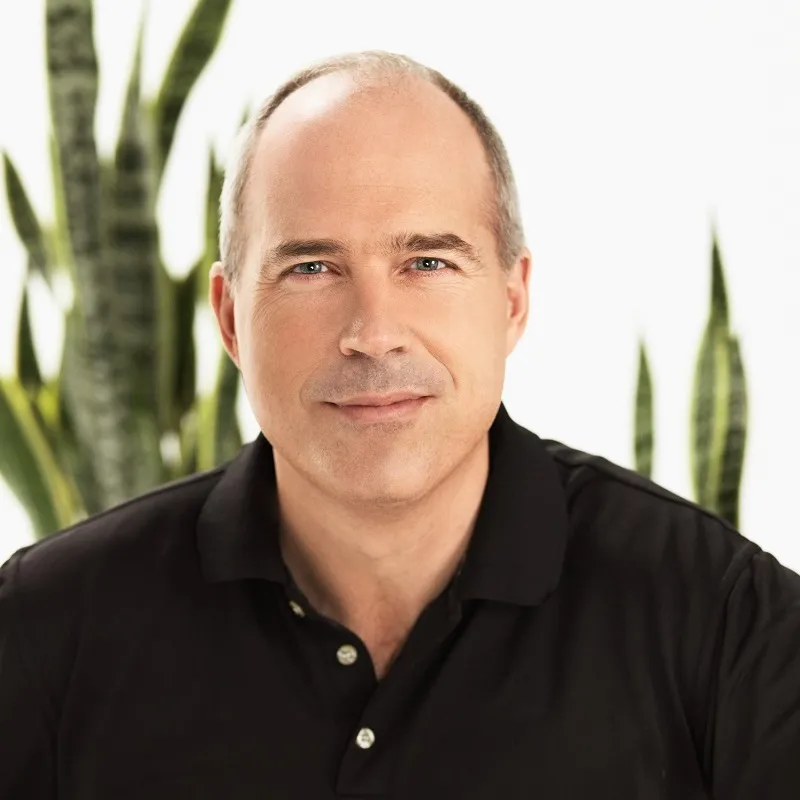
Stephane Germain
GHGSat
President
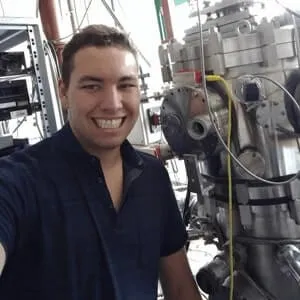
William Max King
MDA
Aerospace Engineer
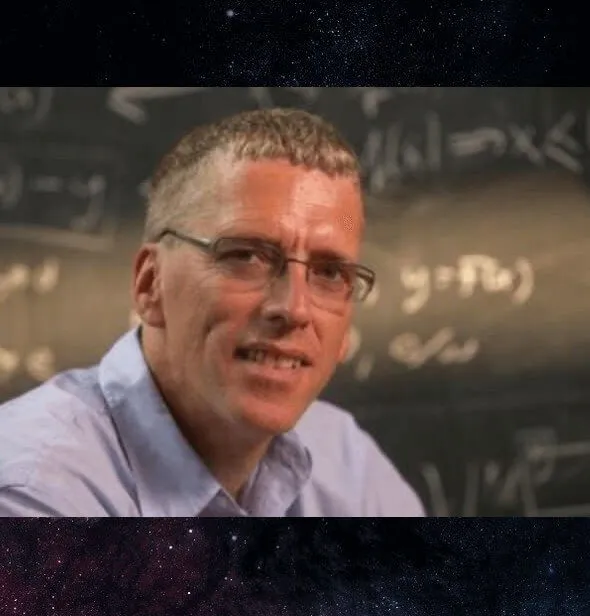
Dr. Cliff Burgess
McMaster University
Professor and Researcher
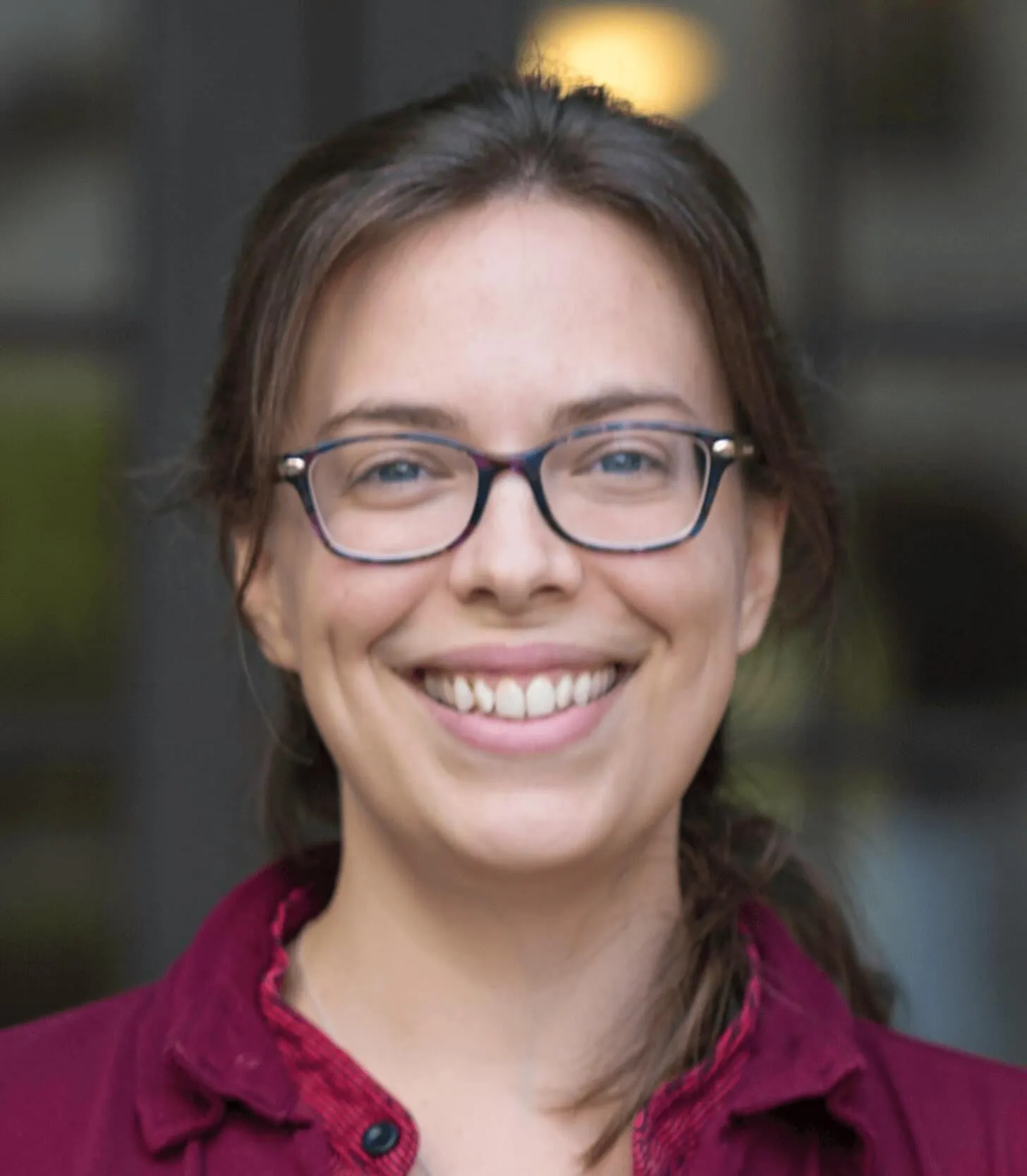
Dr. Jess McIver
University of British Columbia
Professor of Physics and Astronomy
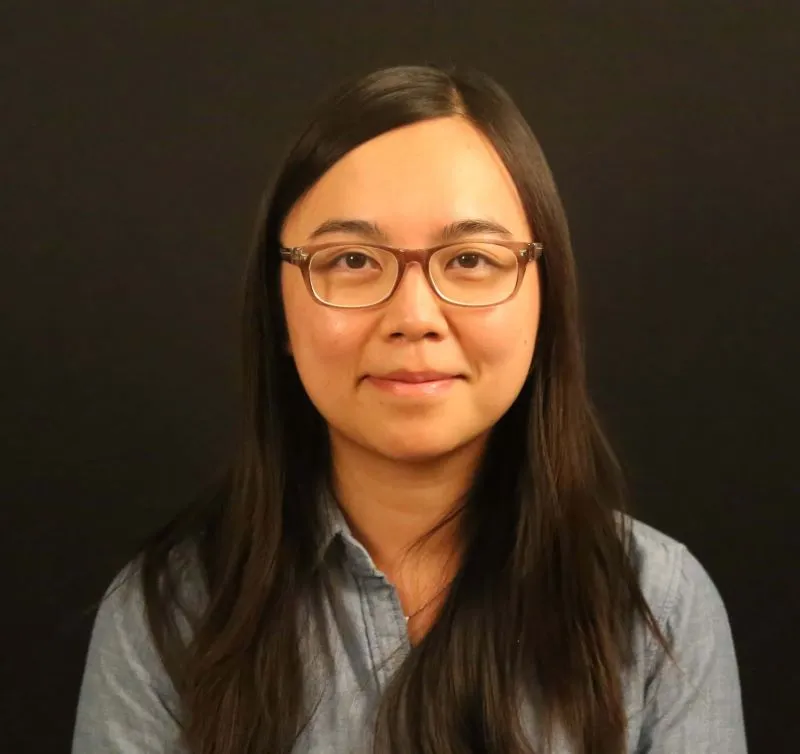
Dr. Allison Man
University of British Columbia
Assistant Professor
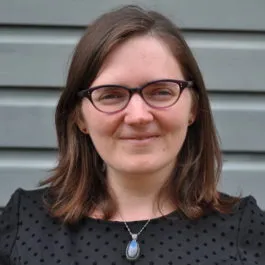
Dr. Laura Fissel
Queen's University
Professor
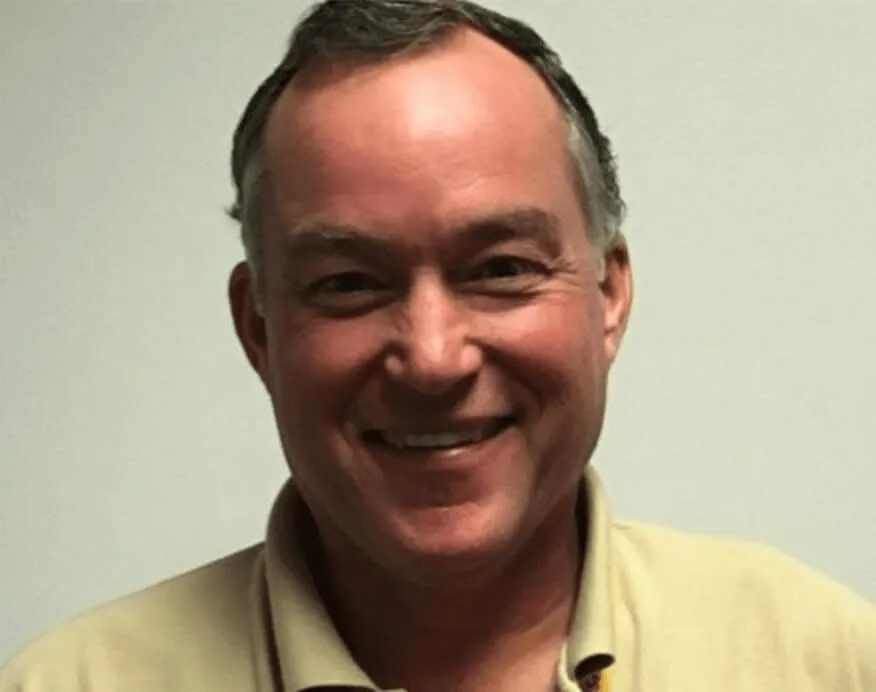
Tom Hoffman
Jet Propulsion Laboratory
Systems Engineer
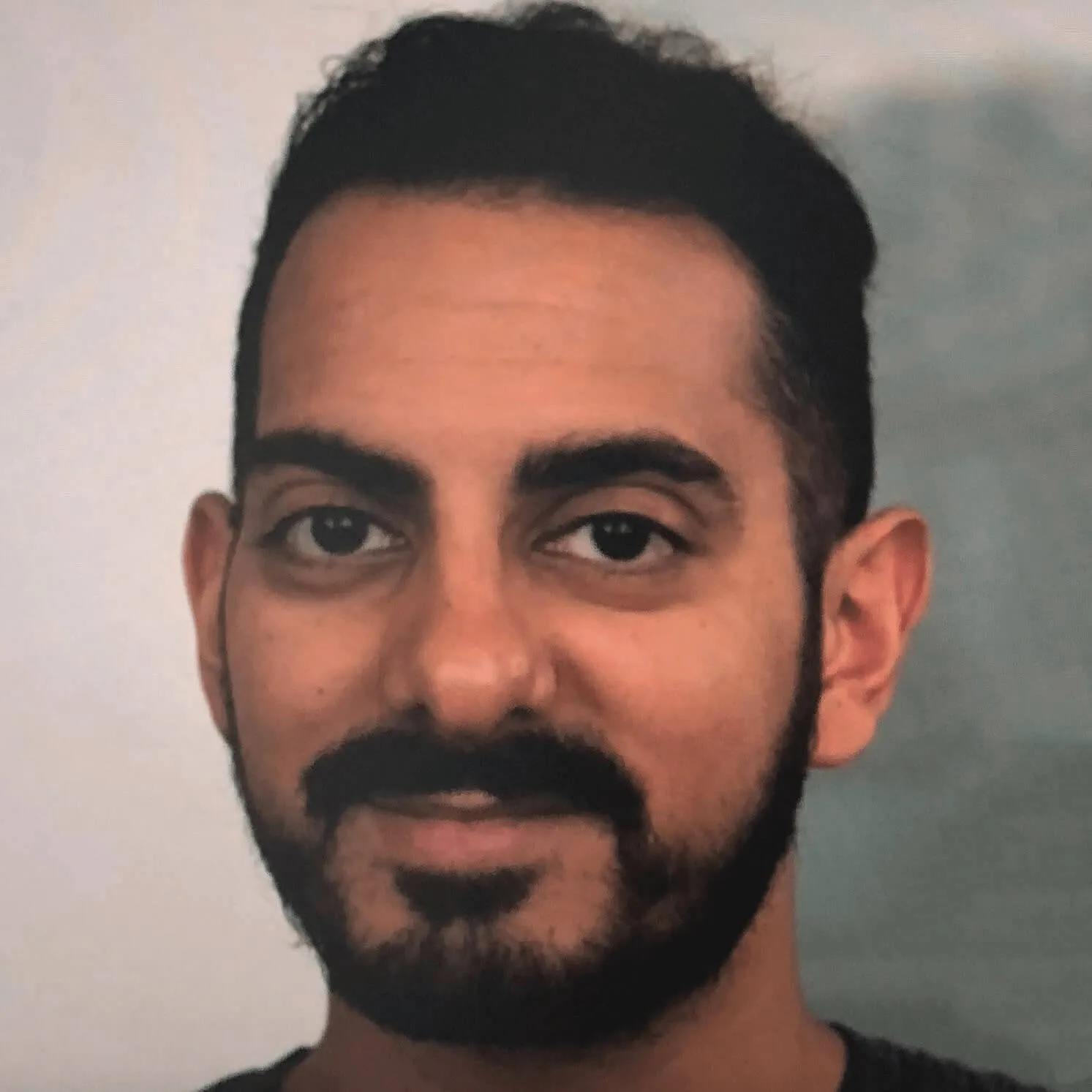
Dr. Jamil A. Shariff
MDA
Systems Design Engineer
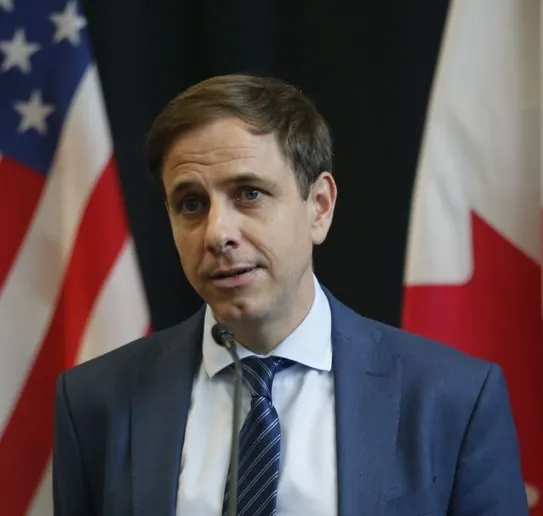
Ewan Reid
Mission Control Space Services Inc.
President and CEO
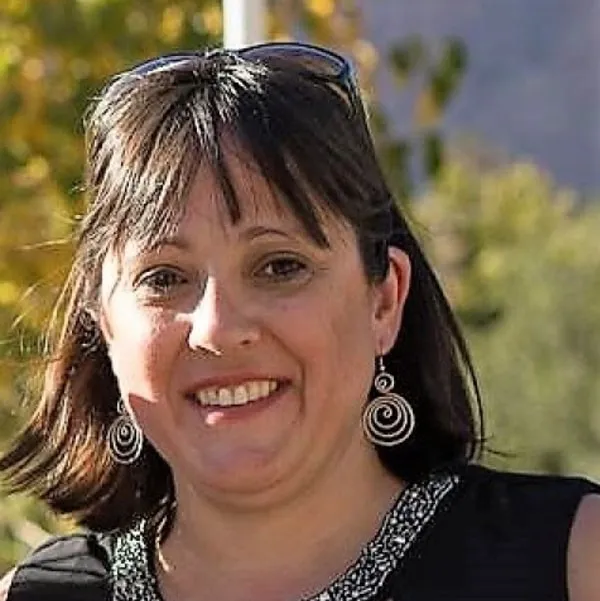
Laurie Metcalfe
Canadian Space Agency
Intermediate Engineer, Exploration Planning

Perry Edmundson
Canadensys Aerospace Corporation
Program Manager
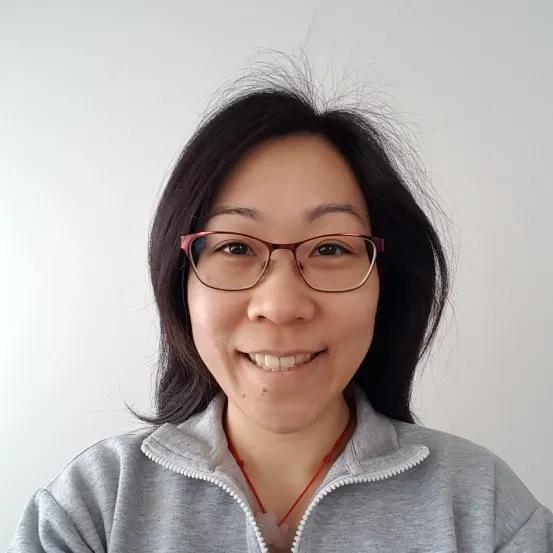
Pamela Woo
NGC Aerospace
Guidance, Navigation and Control (GNC) Engineer

Tim Haltigin
Canadian Space Agency
Planetary Senior Mission Scientist
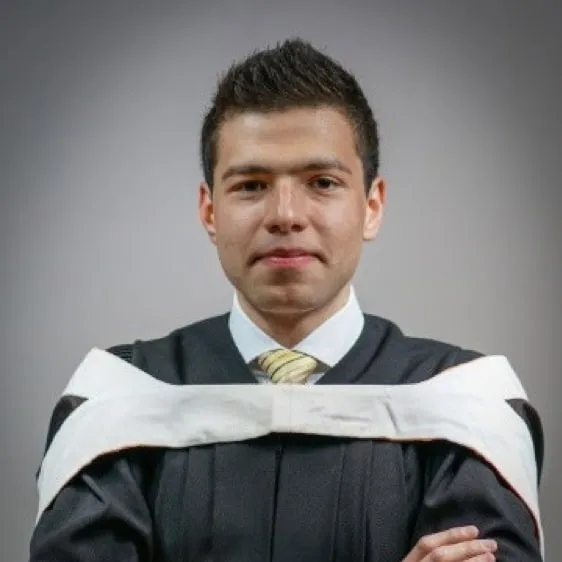
Rami Kendala
Space Flight Laboratory
Spacecraft Electrical Engineer
Bryce Dudley
MDA's Vision Systems and Sensors
Vision Systems Engineer

Dr. Gary H. Blackwood
Jet Propulsion Laboratory - California Institute of Technology
Manager, NASA Exoplanet Exploration Program

Gordon Osinski
University of Western Ontario
Professor and NSERC/
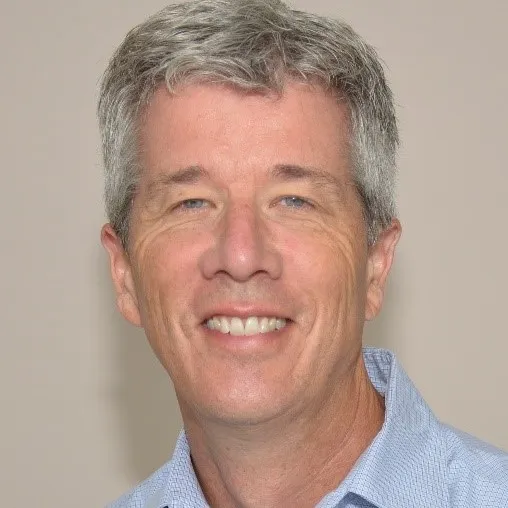
Paul Fulford
Maxar Technologies Ltd.
Product Development Manager for Space Exploration

Stéphane Germain
GHGSat Inc.
President & CEO
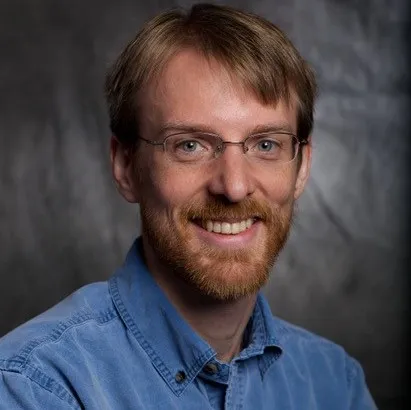
Keith Vanderlinde
Department of Astronomy and Astrophysics - University of Toronto
Associate Professor, DAA & Dunlap
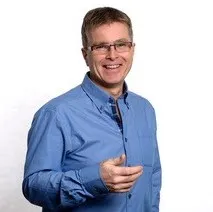
Mike Daly
Earth & Space Science & Engineering - York University
Professor, P.Eng
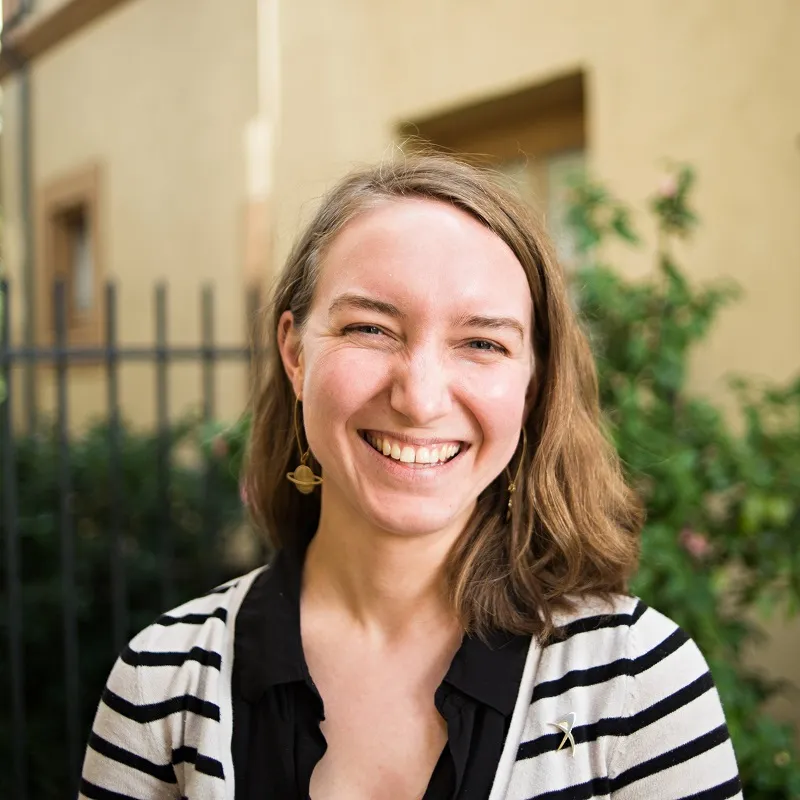
Kate Howells
The Planetary Society
Global Community Outreach Manager
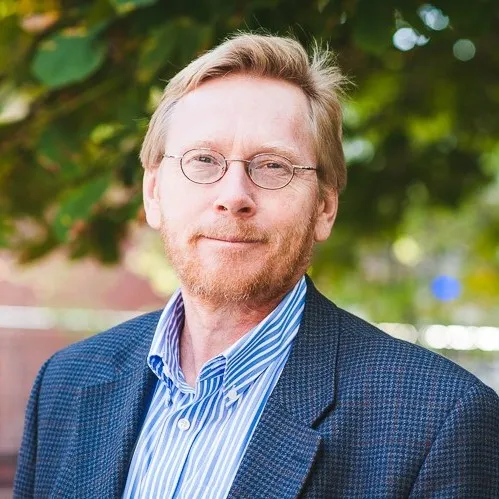
Lyle Whyte
Department of Natural Resources Sciences - McGill University
Professor of Environmental Microbiology

Dave Williams
NASA / CSA / Exploration Inc.
Astronaut, Physician, Public Speaker

Ewan Reid
Mission Control Space Services Inc.
President and CEO
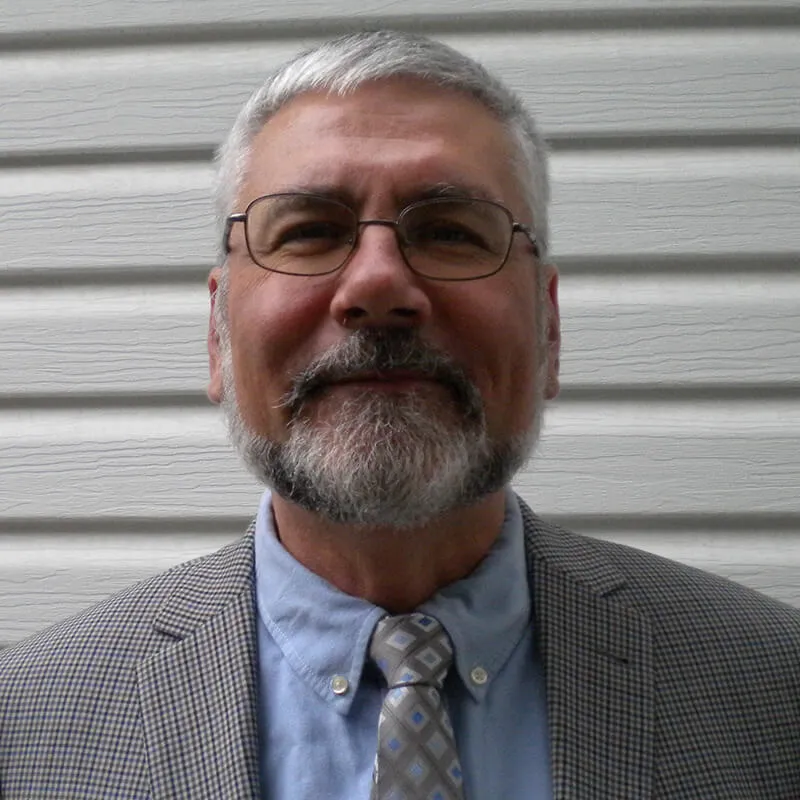
Dr. Chris Damaren
U of T Institute for Aerospace Studies
Ph.D, P.Eng., Professor and Director

Ed Birchnall
Canadian Space Agency
Robotics Training Lead/
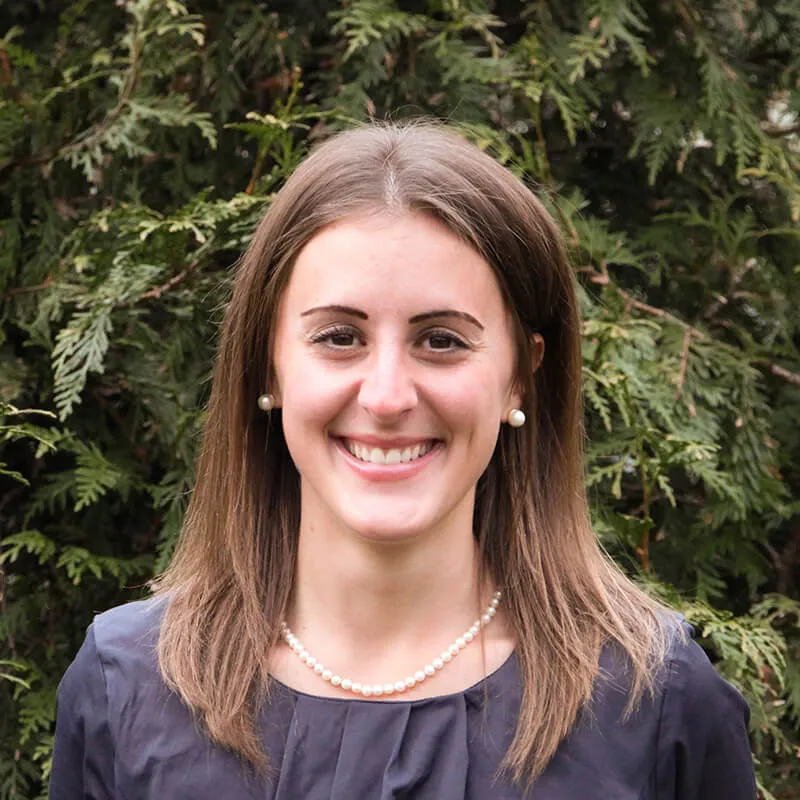
Alex Ahern
Stony Brook University
PhD Candidate - Planetary Geology
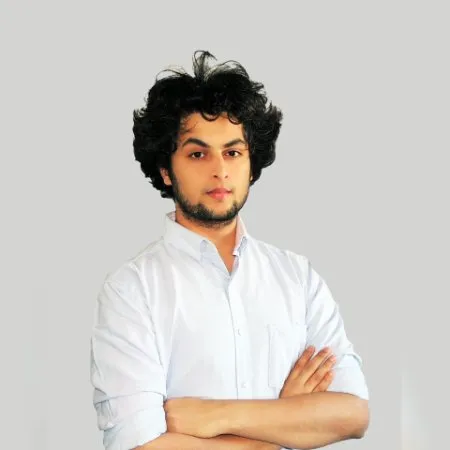
Bayar Goswami
Institute of Air and Space Law, McGill University
Doctoral student
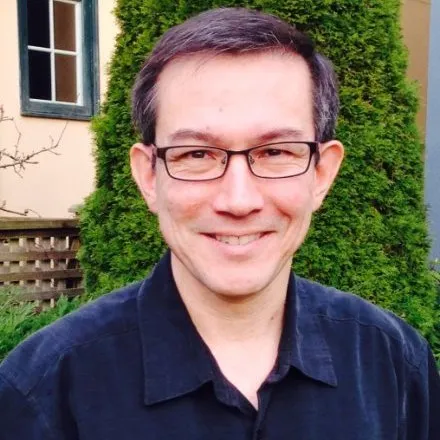
Dr. Alan Thompson
RADARSAT Constellation Mission
Chief Systems Engineer
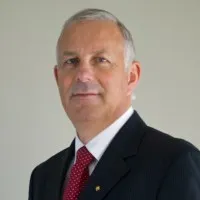
Andre Dupuis
Col (Ret) Canadian Armed Forces
Director of Space Requirements
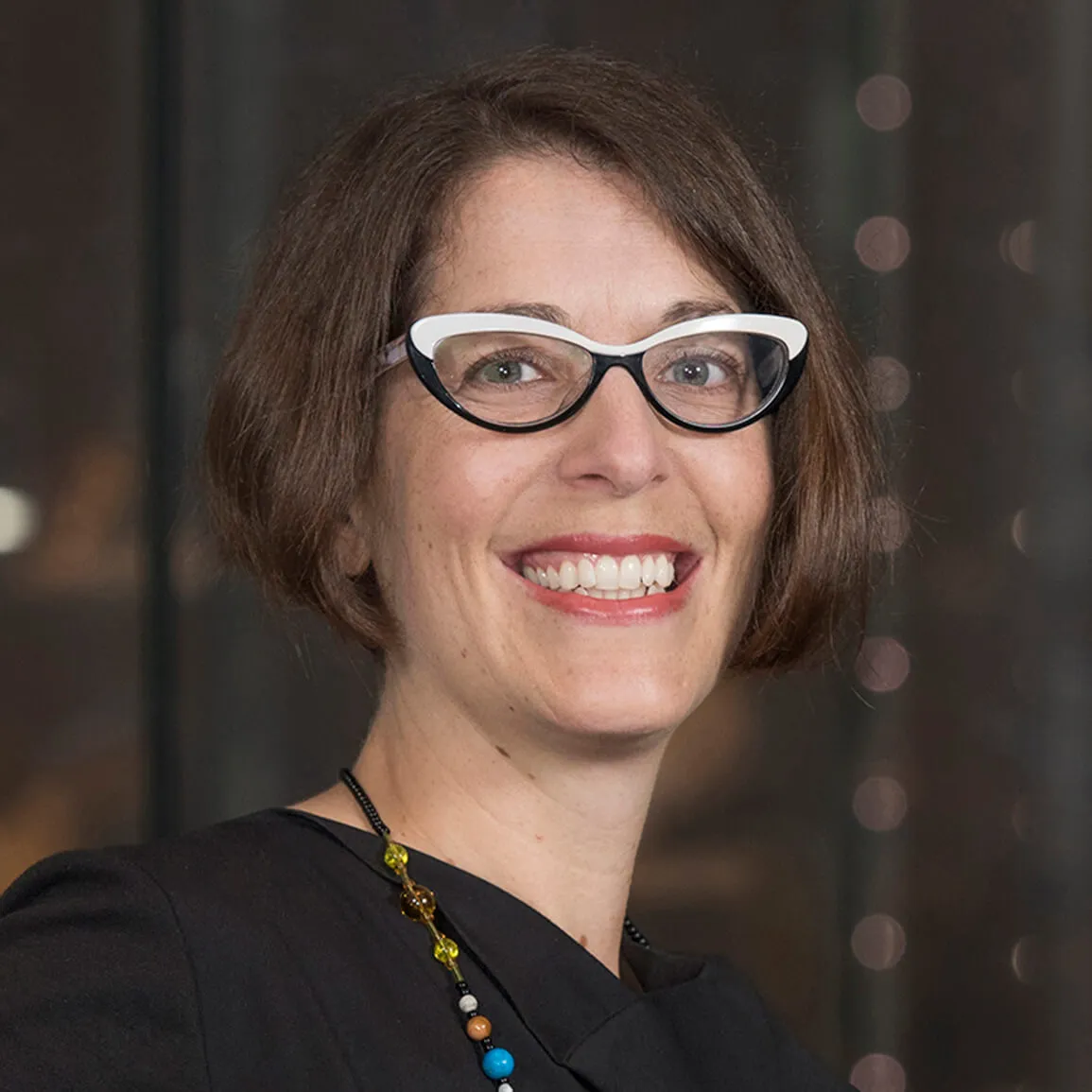
Dr. Marianne Mader
Centres for Earth & Space/ Fossils & Evolution
ROM Managing Director
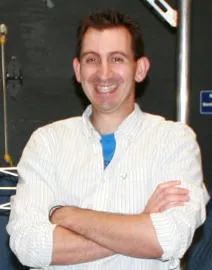
Nick Cristello
Neptec Design Group
Project Manager
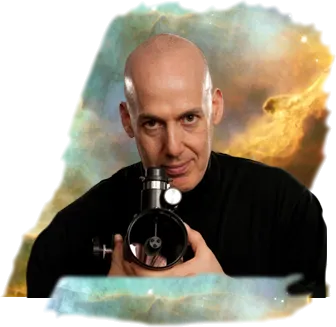
Jeff Lee
Baylor University
Associate Professor
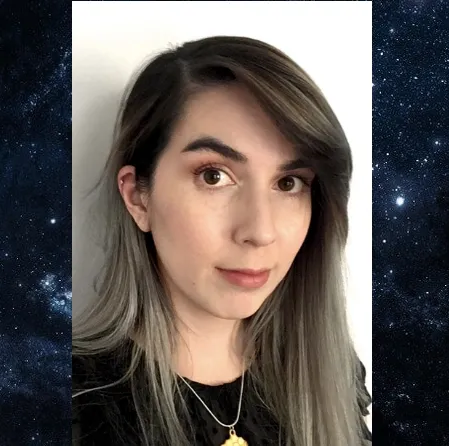
Dr. Nathalie Ouellette
Astrophysicist and Research Associate
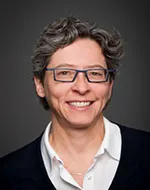
Dr. Odette Laneuville
University of Ottawa
Professor
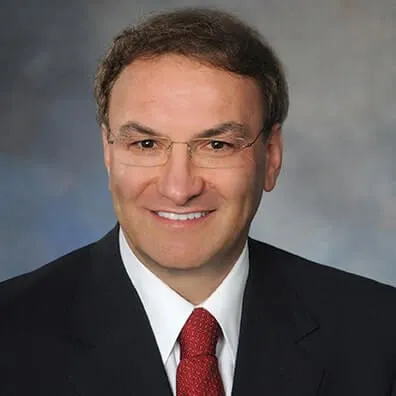
Dr. Jeffrey Sutton
National Space Biomedical Research Institute in Texas
CEO and President
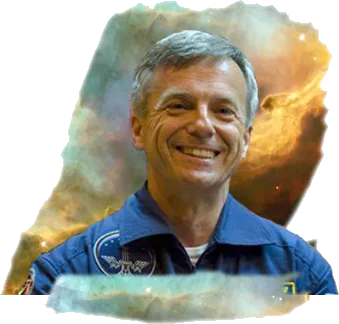
Robert Thirsk
Canadian Space Agency
Engineer, Physician, Astronaut,

Ewan Reid
Mission Control
Founder and CEO
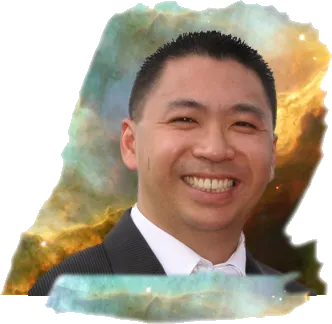
Minh On
Natural Resources Canada
Policy Analyst
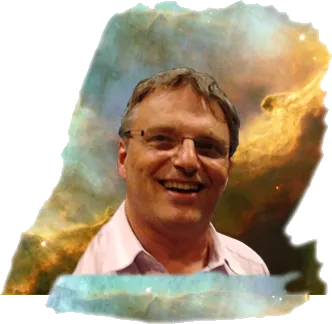
Dr. Laurence Harris
York University
Professor of Psychology
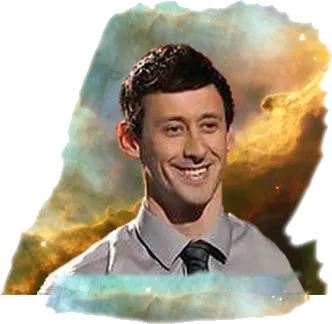
Tyler Reyno
Open Space Orbital Inc.
Founder and CEO

Marc Fricker
Canadian Space Society (CSS)
President
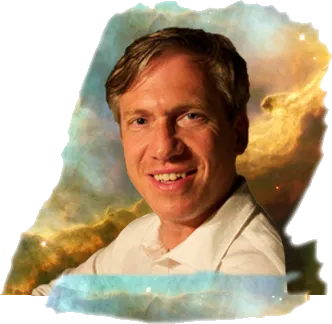
Kate Howells
Planetary Society
Volunteer Network Manager

Jeff Lee
CASPER
Adjunct Assistant Professor, Theoretical Astrophysicist
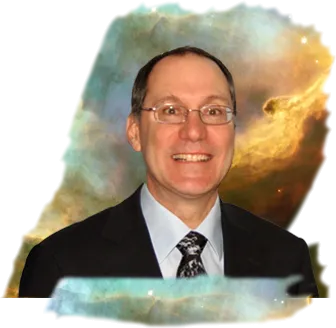
Mark Mortimer
Lunar Colony Fund
President & CEO
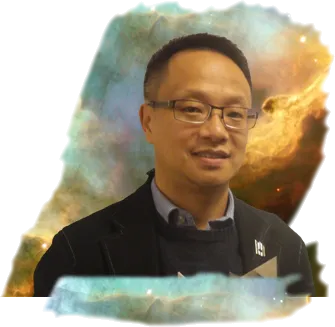
Eric Choi
Aerospace Engineer, Award Winning Writer and Editor
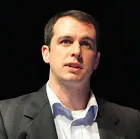
Ryan Anderson
TeleSat
Advance Systems - Senior Engineer
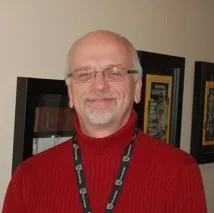
Dale Boucher
Deltion Innovations Ltd.
CEO

Nick Cristello
Neptec Design Group
EXMC Systmes Lead

Jeff Lee
Baylor University
Assistant Professor - Theoretical Astrophysics

Eric Choi
Canadensys Aerospace Corporation
Vice President - Responsive Space Solutions
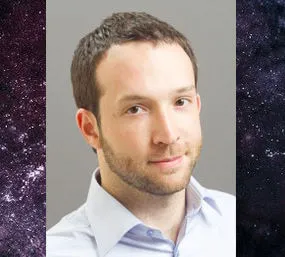
Alex Macdonald
NASA
Program Executive - Emerging Space
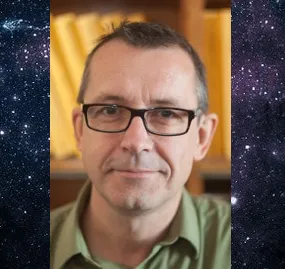
Rene Doyon
Université de Montréal
Professor
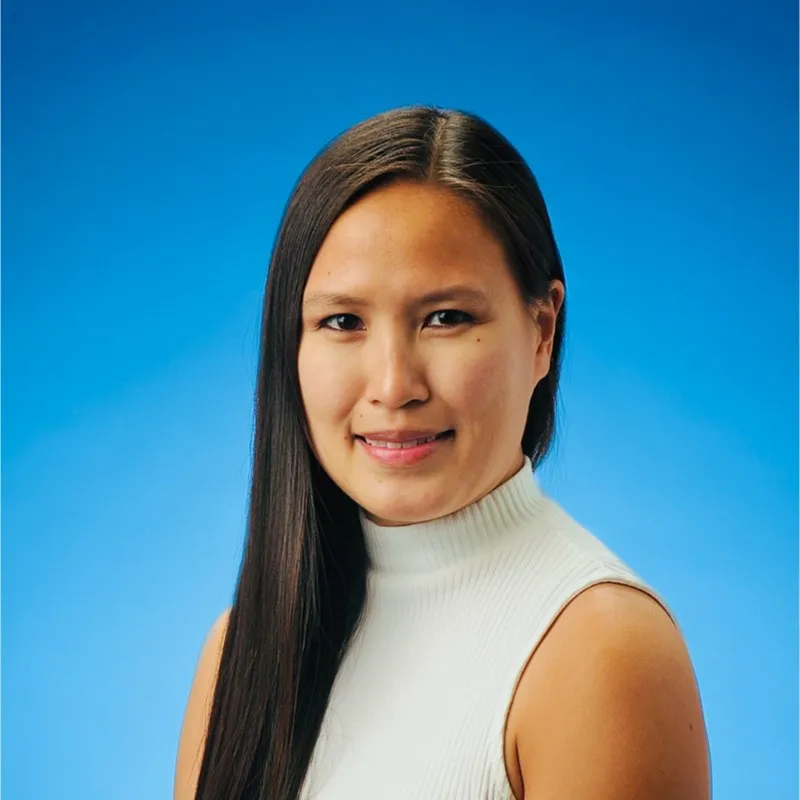
Joanne Leung
MDA
Operations Planning and Mission Support
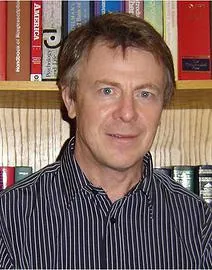
Ron Vincent
RMCC for Space Research
Director

Sirisha Bandla
Commercial Spaceflight Federation
Assitant Director

Marc Fricker
Royal Military College
Space Robotics
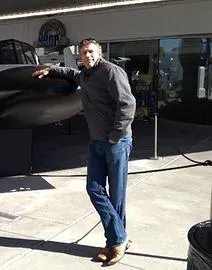
Leon Graafland
Adventure Travel Company
Adventure Travel Specialist

Azam Shaghaghi
International Space Development Conference
Co-Chair of Space Engagement Track

Nick Cristello
Neptec Design Group
Rover Systems Engineer

Farnaz Ghadaki
Canadian Space Commerce Association
Director

Josh Brost
SpaceX
Business Development

Paul Fulford
MDA
Product Development Manager, Space Exploration
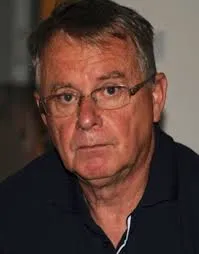
Barry Turner
AsiaSat
General Manager of Engineering
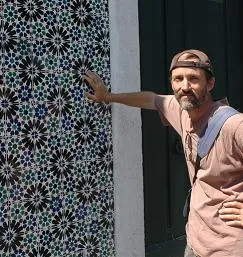
Dr. Ronald Peterson
CSA
Geologist and Mineralogist
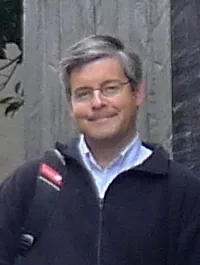
Dr. William Trischuk
UofT and Fermilab
Professor
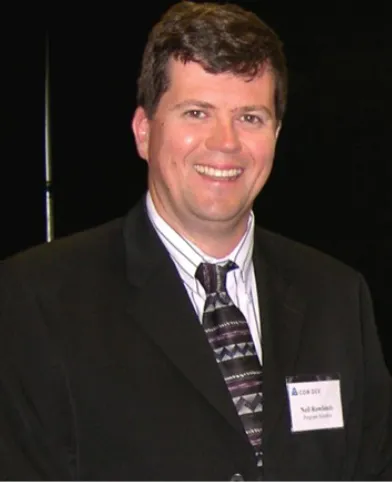
Neil Rowland
COM DEV
Staff Scientist